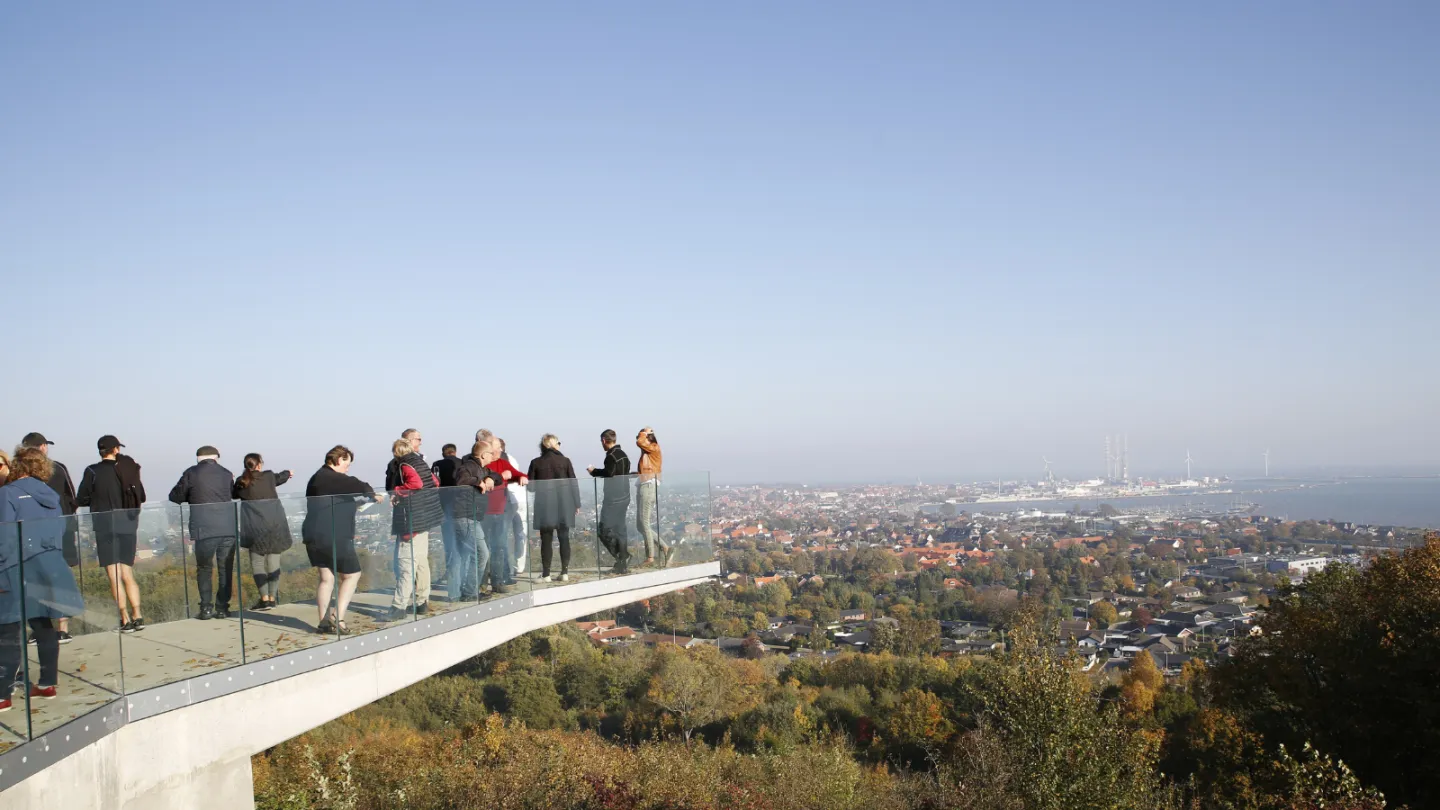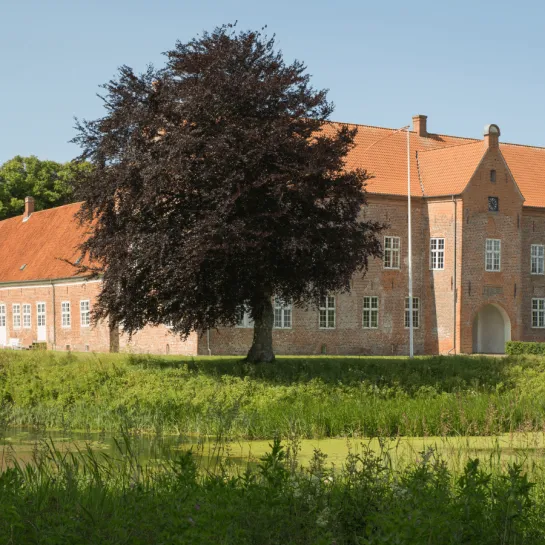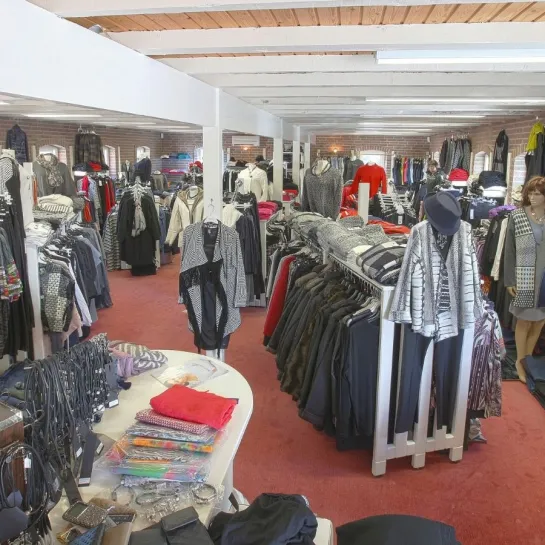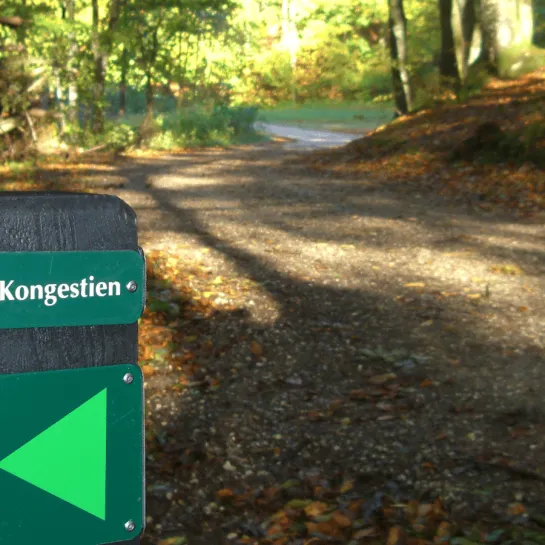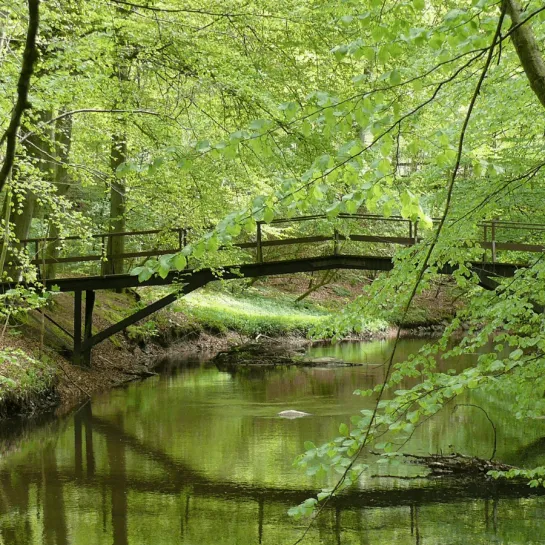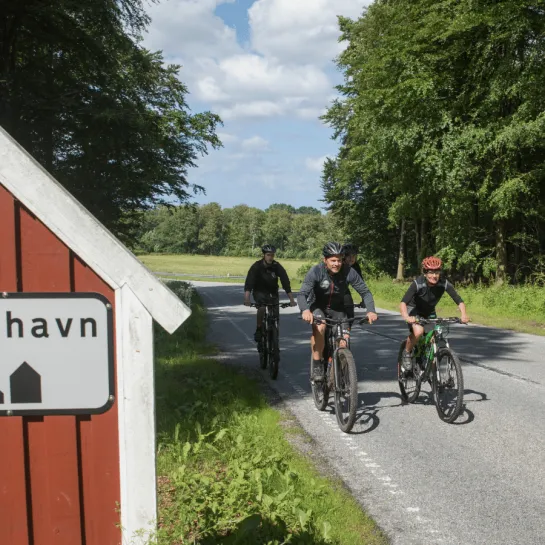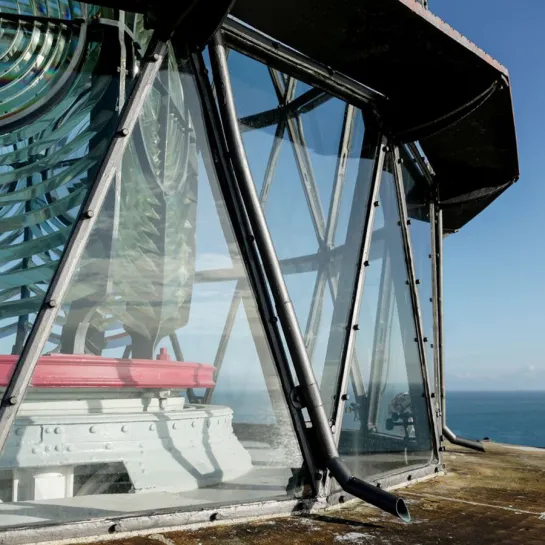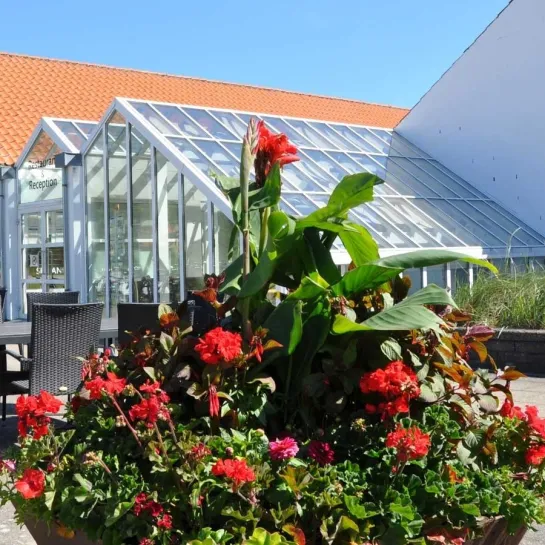The beautiful viewing platform, which in the form of Skagens Gren extends from the top of Pikkerbakken, is one of Frederikshavn's most beautiful attractions. The platform offers a unique view of the city, the harbor and Hirsholmene with a view of both Sæby and Skagen - in clear weather you can also see all the way to Læsø. At the platform you can see Kongestenen, where three times King Frederik has put their name feature, the latest is still the Crown Prince). The vantage point is a favorite location for weddings.
Pikkerbakken is part of a 3 km long coastal slope formed by the Yoldia and Litorina seas during the ice age. The impressive slope has emerged after the largest land uplift in Denmark. Pikkerbakken itself rises 71 meters above sea level.
Between Bangsbo and the coast, the landscape is characterized by the high inland slope that stretches from Gedebjerg in the south to Pikkerbakken in the north. The highest point is Øksnebjerg (95 meters above sea level). Behind the slope is Vrangbækdalen, where Bangsbo Å runs, and further west Flade Bakker which reaches up to 122 meters.
After an attack on Fladstrand in the year 1809 during the English War (1807-14), an observation post was set up on top of the 71 meter high Pikkerbakken.
Here was also an optical telegraph station, which was connected to telegraph stations at Fladstrand Church, at Fladstrand Fortress and at Hirsholmene. To the north and south there were connections with chains of stations as far as Skagen in the north and Århus to the south.
During World War II, the first German troops appeared on Pikkerbakken already a few days after the occupation. Here they set up the first 'Flak und Sperrbatterie Frederikshavn Süd', which was to be part of the protection of the troop shipments via the port of Frederikshavn.
When the war in 1943 changed its character to a defensive war for the Germans, the fortress around Pikkerbakken was expanded to a total of 70 concrete plants. The positions in the area included a flak battery for shelling air targets, a coastal battery with the artillery ship Niels Juel's cannons, a radar system and the North Jutland commander's command bunker.
Today, the command bunker is designed as a museum bunker and part of the other facilities are exposed and open to the public.
After the occupation, the Danish Navy took over the positions, and during the Cold War, naval station Frederikshavn played an important role in the protection of the waters between Norway and Denmark. The maritime surveillance in the area from the Great Belt to Skagen is still managed today from the Kattegat Marine District on Pikkerbakken.
It is possible to drive along a winding forest road up on Pikkerbakken, but you can also park at Møllehuset, from where there is a wonderful walk through the forest up to the viewpoint.

